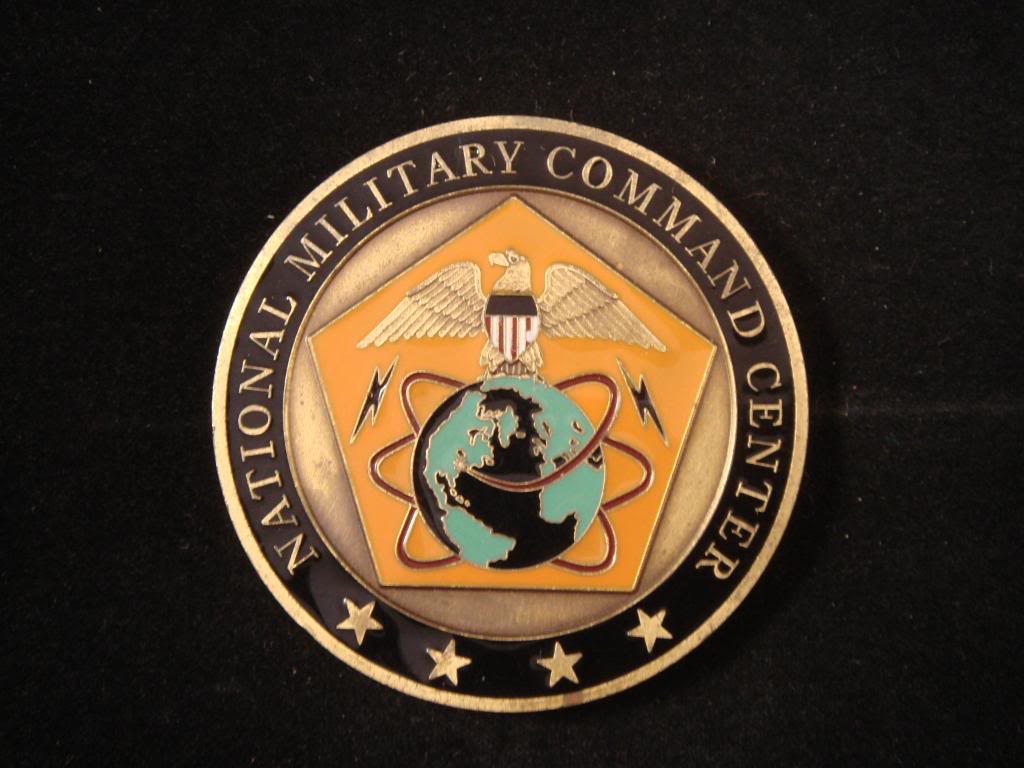I have lived my whole life under the threat of nuclear war. First it was the Soviet Union and the Cold War, then the Russians and the Chinese and now the threat of rogue states such as North Korea. Fortunately, it has not happened yet but we came very close several times. It is estimated that the detonation of as few as one hundred nuclear warheads could cause a nuclear winter that would end human civilization. There are at least seven countries that have at least a hundred nuclear warheads.
The world would be much better off without nuclear weapons but no country is going to unilaterally disarm. And even with serious disarmament treaties and enforcement methods, there is always the possibility that one or more countries would try to hide a couple of nukes "just in case."
The U.S. President has the sole authority to launch a nuclear attack on another country. With the presidential election coming up in the United States, both candidates of the major parties have accused the other of being unfit to have the codes that could launch a nuclear war. Today I am going to review just how a nuclear attack could be initiated by the U.S. President.
If a U.S. President decided that it was necessary to launch nuclear weapons, the first step in the process would be for the President to call a conference of top military and civilian advisors. This meeting would necessarily include the Pentagon Deputy Operations Officer who is in charge of the National Military Command Center that operates around the clock and would be responsible for carrying out a launch order. Heads of U.S. strategic nuclear forces would also be present to offer advice on strike options.
Regardless of what the advisors said, the President has the sole authority to order a launch of nuclear weapons. The meeting would last as long as the President deemed to be necessary but if there were enemy missiles inbound to the U.S., the meeting could be wrapped up in as little as thirty seconds.
If the President decided to order a launch, the Pentagon Deputy Operations Officer would have to verify his identity if he was not present in person. The Officer would offer a two letter challenge code. The President carries a small card called the "biscuit" with him at all times. The response code for the challenge is on the biscuit.
The National Military Command Center would prepare the formal launch order which would include codes for the attack plan, the time until launch, authentication codes and the codes that the launch officers need to unlock the missiles and bombs before they are deployed. This launch order is a short string about one hundred and fifty characters long. It would be transmitted to all the nuclear command centers and to the launch officers.
The submarines, planes and ICBM silos would receive the launch order and then retrieve documents from their safes that are used to authenticate and decode the order. Submarine missiles call for three officers to authenticate the orders. The missiles require about fifteen minutes to be prepared for launch. Land based missile crews call for five officers to authenticate the orders. Land based missiles require about five minutes to prepare. Targeting information and unlock codes are fed into computers and special keys are turned simultaneously to fire the missiles when the attack time arrives.
There is redundancy built into the system so that even if some missile officers refuse to authenticate, prepare or fire the missiles, the attack will still take place. ICBMs will fly within about ten minutes of a Presidential decision and submarine missiles will fly in about twenty minutes. Let us hope that this scenario is never played out because it might mean the end of the human race.
